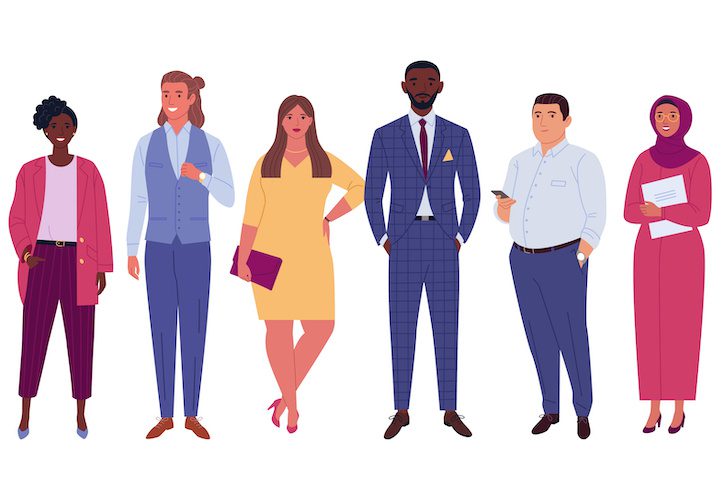The talent experience is fundamentally changing across the hire-to-retire employee lifecycle. Following are five ways to enhance your talent experience in 2021.
1. Day-zero peak curiosity
Modern talent experience platforms offer new hires the ability to complete their pre-boarding journey before their start date. These journeys are curated by internal experts with personalized content directly from management and can include CEO videos, podcasts and internal livestreams to give a warm and personalized welcome. The experience is quite easy and exciting for new hires because it is completed via mobile anytime and anywhere. Besides imparting requisite knowledge, this type of pre-boarding experience is inspiring and instills a culture of curiosity and learning on day one.
2. Single entry door to all knowledge and learning
To give learning a so-called “easy button,” employees get access to a single gateway to all informal/formal learning — including free and paid/premium content and expert content — through a central hub. A single entry door reduces the average time spent by knowledge workers looking for the content, which is estimated by McKinsey and IDC to be as high as 20 percent. Once the learner enters the door to learning, they are served relevant and meaningful content, powered by machine learning. The content surfaced is curated against their personalized learning goals and roles. Customized content leads to quick productivity gains and fosters daily microlearning habits. Along the way, the learner has full control of their learning experience. This single entry door leads to a large-scale democratization of knowledge and learning awaiting all learners to explore.
3. Peer-to-peer hyper-collaboration
Companies suffer from lack of collaboration due to departmental silos, time zone differences and COVID-triggered remote work. Successful collaboration among employees requires faster and more seamless access to each other’s expertise. To expedite access to institutional knowledge, some digital solutions have skill channels, pathways, journeys and communities of practice with embedded experiences inside all major business apps (e.g., MS Teams, Salesforce, Workplace from Facebook, G-Suite, VMWare, WorkspaceOne, etc.), which takes collaboration to the next level. Now, that’s real learning in the flow of work.
4. Expert network
Research shows that the top 20 percent of performers in any organization can increase the performance of the other 80 percent by sharing their tacit knowledge. Hoarding knowledge creates huge operational disruption when experts leave. Thus, creating an expert network is critical to operational success and sustainability. Some authoring tools allow experts to create/curate pathways, journeys, podcasts, videos, projects, SCORM courses, etc., in order to socialize and share their expertise.
5. Skills taxonomy and ontology
Roles and skills are rapidly becoming obsolete, and no person or organization is immune to it. The skills gap is a trillion dollar problem, as estimated by research from the World Economic Forum, PwC, McKinsey and Accenture. Some digital solutions offer a taxonomy designed to address the skills gap problem and maintain the largest global set of skills while facilitating the ability for enterprises to develop their own skills matrix. Organizational skill sets should be aligned to available and recommended content through a crosswalk aligned to a talent framework and 360-degree assessments. From skills to careers, AI-based career pathing enables learners to find aspirational roles and develop learning plans that will close their skills gaps. Learners are always in control of their journeys, wherever they may lead them.
These five approaches have fundamentally transformed the talent experience in our client organizations because the learner is always in control of their experience by design.











